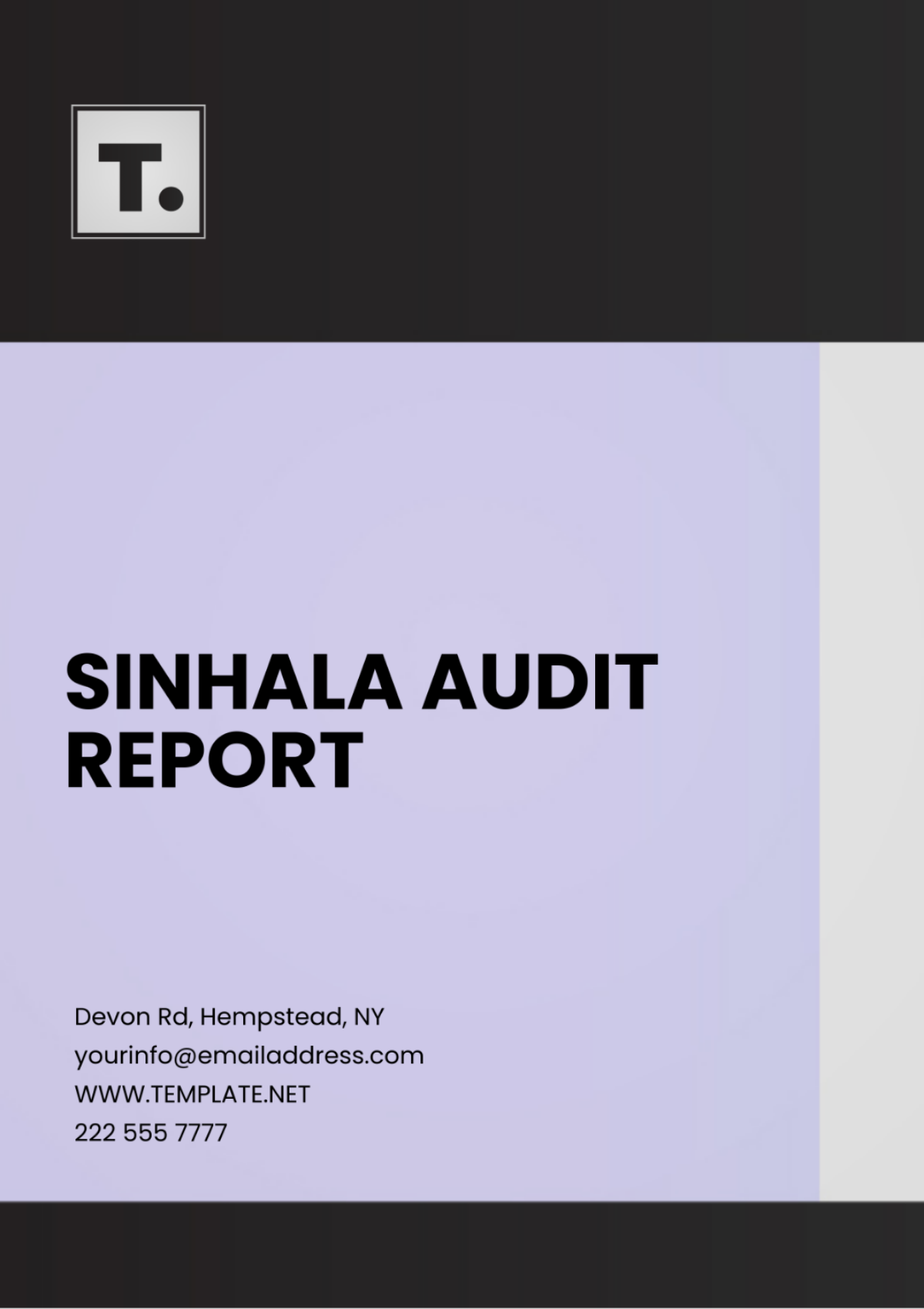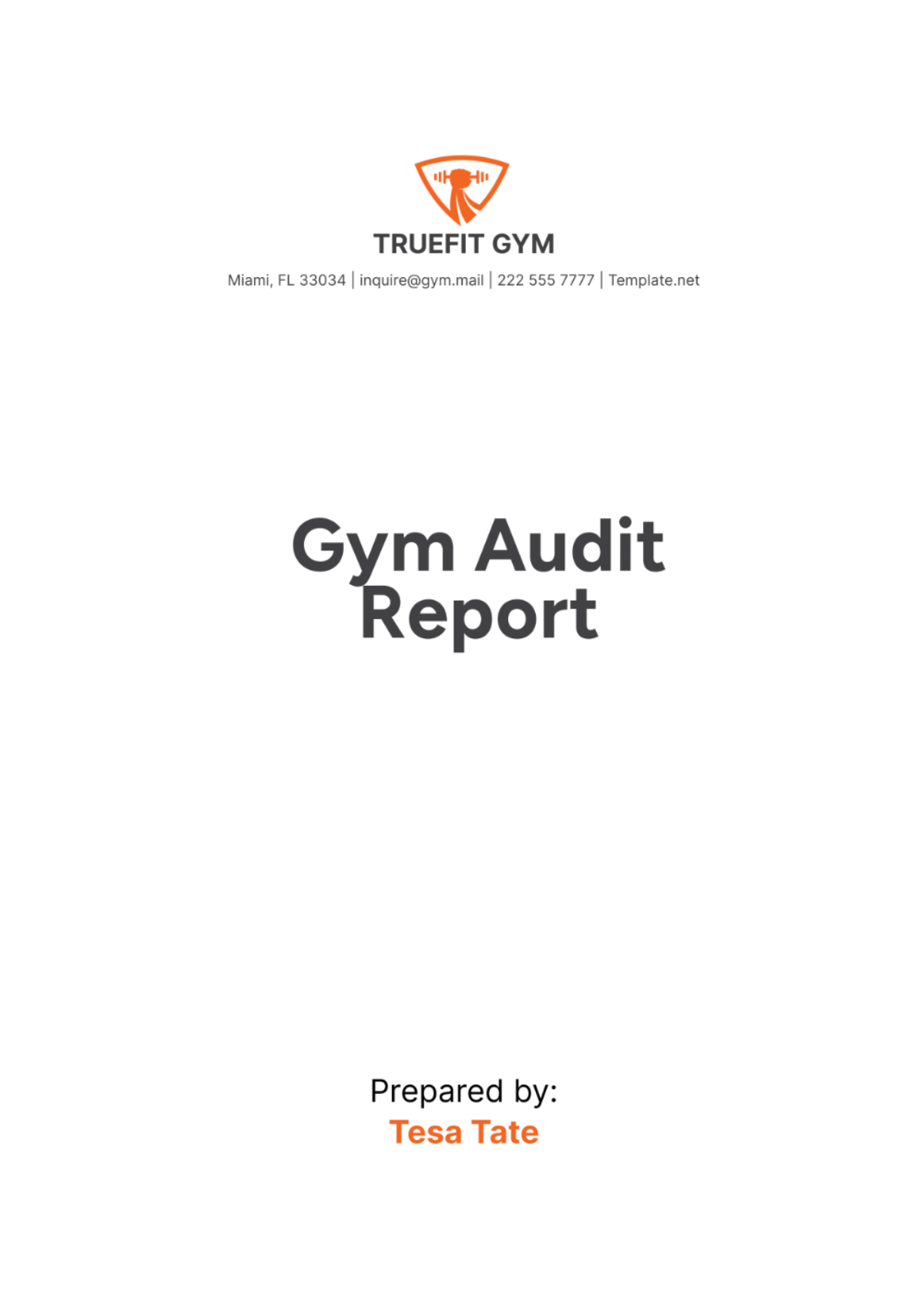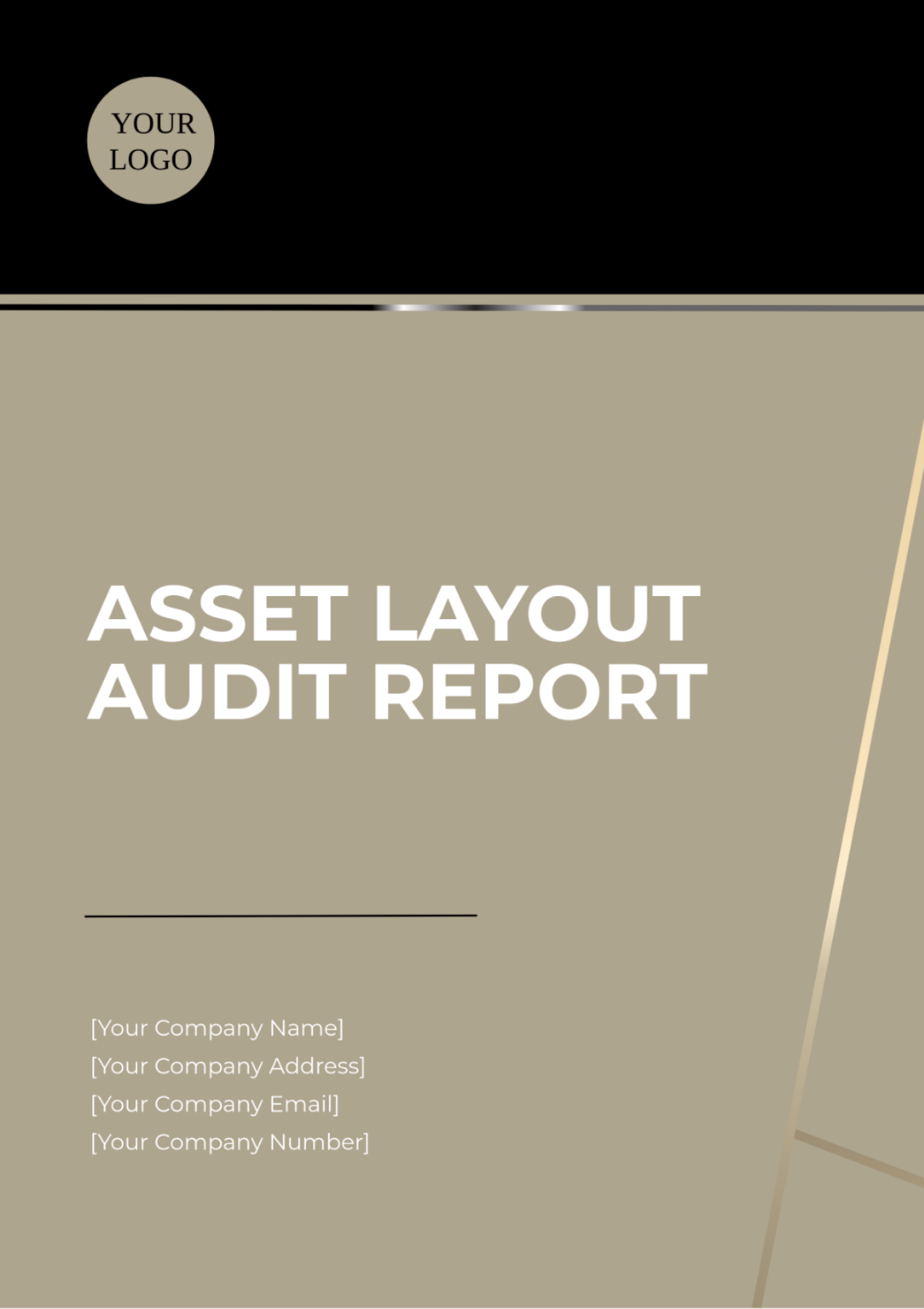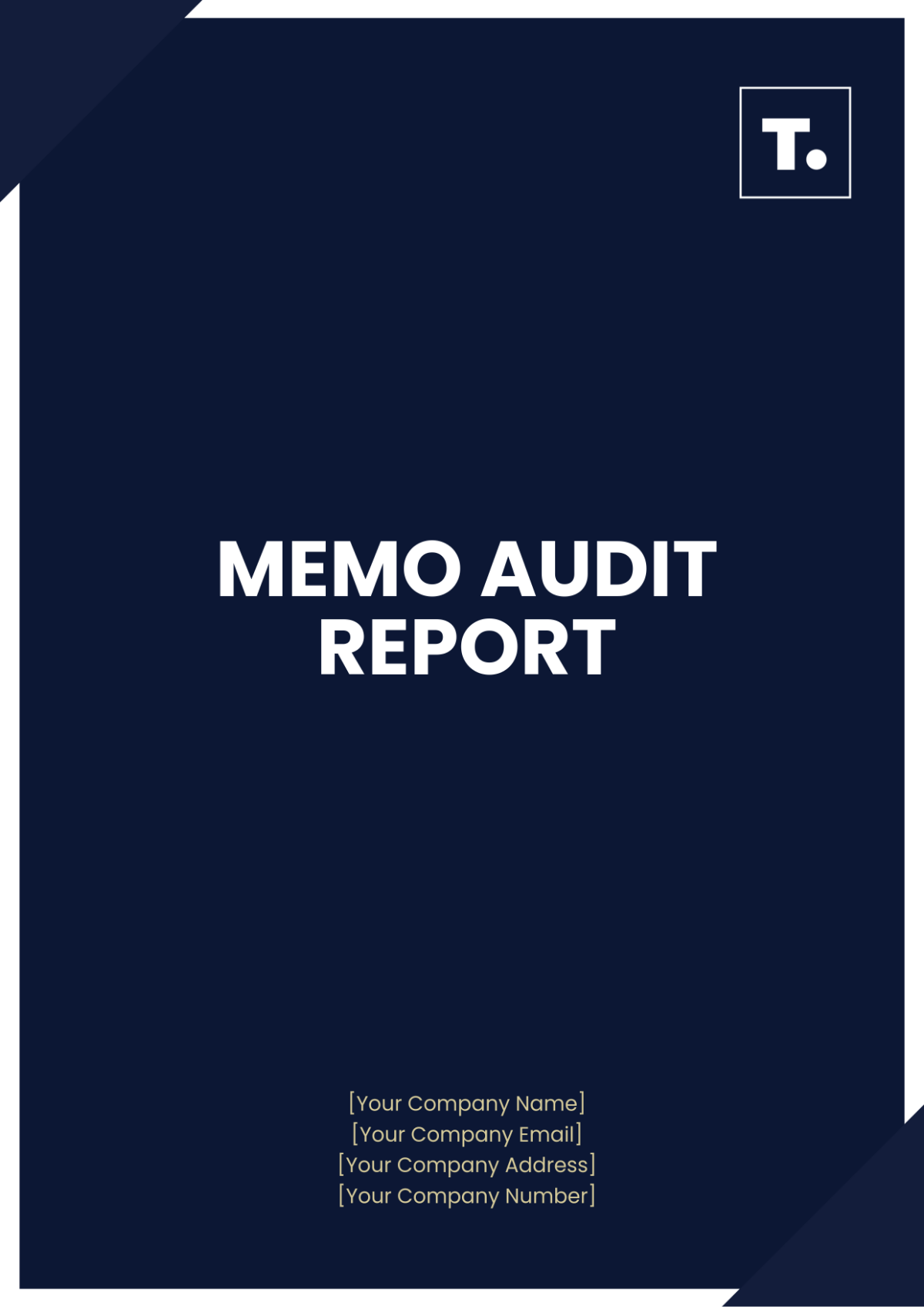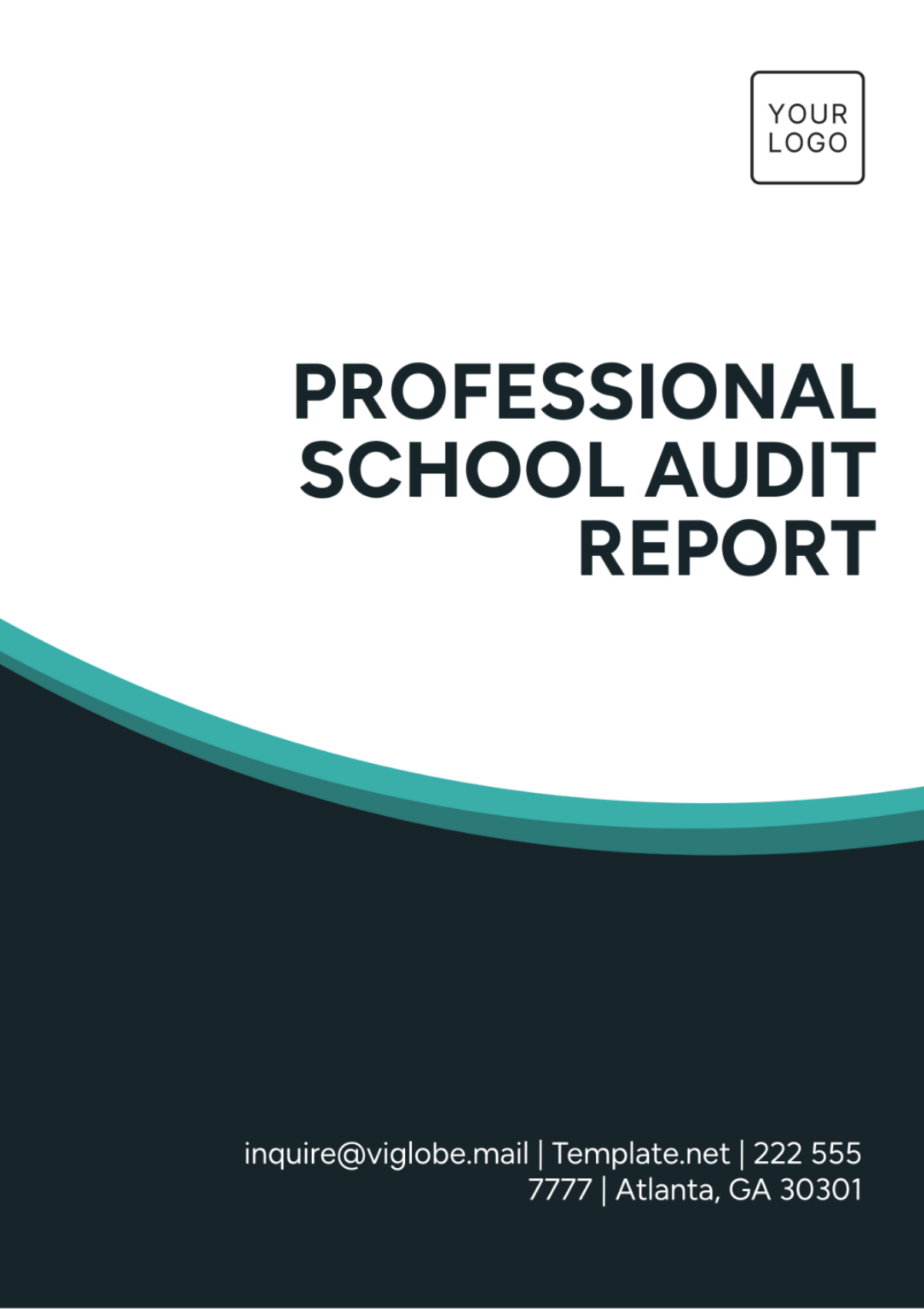Finance Audit Transparency Report
I. Introduction
A. Background
In the contemporary financial landscape, transparency is a cornerstone of organizational credibility and stakeholder trust. This transparency report is a testament to our commitment to openness and accountability in financial matters. It provides stakeholders with a comprehensive insight into our financial audit processes and outcomes, offering a clear window into the mechanisms that safeguard our fiscal integrity. By embracing transparency, we aim to foster a deeper understanding and trust among stakeholders in our commitment to maintaining the highest standards of financial governance.
B. Scope
The scope of our financial audit extends across all facets of the organization's financial operations, encompassing income statements, balance sheets, cash flow statements, and other relevant financial documentation. This audit covers the fiscal year [2050], ensuring a thorough examination of the process of financial transactions, compliance with regulatory requirements, and adherence to accounting principles.
C. Purpose
The purpose of this transparency report is two-fold:
Firstly, it aims to communicate our commitment to financial integrity and accountability, assuring stakeholders that our financial practices align with the highest standards.
Secondly, it serves as a means to educate stakeholders about the intricacies of our financial audit process, fostering a deeper understanding of how we safeguard the organization's financial health.
D. Objectives
The objectives of our financial audit are multifaceted. The key objectives include:
Accuracy
To verify the accuracy of financial data and ensure that it faithfully represents the organization's financial position.
Compliance
To assess compliance with relevant accounting standards, legal requirements, and regulatory frameworks governing financial reporting.
Transparency
To enhance transparency by providing stakeholders with a clear understanding of the financial audit process, findings, and recommendations.
II. Regulatory Compliance
A. Adherence to Accounting Standards
The table below outlines the organization's status in terms of adherence to accounting standards:
Aspect | Status |
Application of GAAP | Compliant |
Adherence to accounting standards is foundational for transparent financial reporting. It establishes a common language for financial information, allowing stakeholders to trust the accuracy and consistency of reported data. The company’s adherence to GAAP ensures that the financial statements are prepared using standardized principles, fostering reliability and comparability. This consistency is vital for stakeholders to make informed decisions based on accurate financial information.
B. Legal Requirements
The table below summarizes the organization's compliance status with legal requirements:
Aspect | Status |
Tax Regulations | Compliant |
Compliance with legal requirements is foundational for maintaining the organization's reputation, minimizing legal risks, and fostering a culture of ethical conduct. Rigorous adherence to tax regulations is pivotal, ensuring that the organization operates ethically and minimizes legal risks associated with taxation. By consistently aligning with local and international tax laws, the organization upholds financial integrity and demonstrates a commitment to responsible fiscal practices. This compliance not only mitigates the risk of legal challenges but also contributes to the overall ethical standing of the organization in the business landscape.
C. Regulatory Frameworks
The table below outlines the organization's compliance with various regulatory frameworks, reflecting our commitment to aligning with industry standards and regulatory expectations:
Aspect | Status |
SEC Reporting Compliance | Compliant |
Compliance with regulatory frameworks is critical for maintaining the organization's credibility and navigating the complexities of the business environment. Adherence to SEC reporting requirements ensures transparency in financial disclosures, fostering investor confidence. Compliance with these regulations is crucial for maintaining a positive relationship with shareholders and the broader financial community. Timely and accurate reporting to the SEC reflects the organization's commitment to open communication and accountability to its stakeholders.
III. Financial Processes and Transactions
A. Income Statements
The table below provides an overview of the audit outcomes related to income statements, offering insights into the accuracy and reliability of the organization's financial performance reporting:
Aspect | Audit Outcome |
Revenue Recognition | Clean |
The audit confirms the accuracy of revenue recognition processes, ensuring that income from sales and services is accounted for appropriately. This cleanliness in revenue recognition enhances the reliability of financial statements, providing stakeholders with a true reflection of the organization's financial performance. Clean outcomes across aspects demonstrate the organization's commitment to transparent financial reporting, facilitating informed decision-making.
B. Balance Sheets
The table provides a detailed overview of the outcomes related to the organization's balance sheets:
Aspect | Audit Outcome |
Liability Recognition | Accurate |
Accurate liability recognition is essential for transparently presenting the organization's The audit ensures the precise recognition of liabilities, confirming that financial obligations are accurately accounted for in the balance sheets. Accurate liability recognition is vital for transparently presenting the organization's financial commitments, encompassing debts and obligations. Stakeholders can rely on the accuracy of this recognition to assess the organization's financial obligations, contributing to a clear and truthful depiction of its financial position.
C. Cash Flow Statements
The table below outlines the various elements of our Cash Flow Statements, shedding light on the organization's financial processes during the fiscal year:
Aspect | Status |
Operating Activities | Positive |
The positive status in operating activities is indicative of the organization's ability to generate more cash from its core business operations than it expended. This signals operational efficiency, showcasing adept management in revenue generation and cost control. The positive operating cash flow underscores the organization's ability to sustain its day-to-day operations from its core revenue streams. By dissecting the intricacies of cash movements, this enhances transparency about the organization's financial stability and its strategic resilience in a dynamic business landscape.
D. Other Financial Documentation
The table below presents a comprehensive snapshot of the various facets of the company’s other financial documentation:
Aspect | Status |
Internal Control Assessments | Adequate |
The status of the internal control assessments signifies a robust system in place to ensure the integrity, accuracy, and security of financial information. This assessment process involves a meticulous examination of internal processes, risk management protocols, and compliance measures. The "Adequate" status underscores the organization's commitment to maintaining effective internal controls, instilling confidence among stakeholders in the reliability of financial records. It indicates a proactive approach to identifying and addressing potential risks, ensuring the organization's financial integrity and compliance with regulatory standards.
IV. Transparency Measures
A. Communication of Audit Process
Notification of Audit Initiation
The organization initiates the transparency process by proactively informing stakeholders about the commencement of the audit, demonstrating a commitment to openness and clear communication from the outset.
Engagement with Stakeholders
Throughout the audit process, the organization maintains open channels of communication with stakeholders, providing regular updates and addressing queries to ensure a transparent and collaborative approach that fosters understanding.
Access to Audit Documentation
Stakeholders are granted access to relevant audit documentation upon request, fostering transparency by allowing a deeper understanding of the audit procedures undertaken and reinforcing the commitment to openness.
Audit Process Timelines
Transparent communication includes providing clear timelines for each stage of the audit process to stakeholders, ensuring openness about milestones, deadlines, and when to expect key updates.
B. Reporting of Findings
Comprehensive Audit Report
The organization ensures transparency by providing stakeholders with a detailed and comprehensive audit report that includes findings, recommendations, and insights, fostering a thorough understanding of the financial audit outcomes.
Clear Presentation of Financial Statements
Financial statements are presented in a clear and accessible manner, facilitating easy comprehension for stakeholders and reinforcing the commitment to transparent financial reporting.
Disclosure of Identified Risks
Identified risks and challenges are transparently disclosed, allowing stakeholders to grasp potential areas of concern and understand the organization's proactive stance in addressing these issues.
Timely Release of Audit Results
The organization ensures the timely release of audit results, reflecting a commitment to keeping stakeholders informed promptly and maintaining transparency in the reporting process.
Communication of Action Plans
In instances where areas for improvement are identified, the organization communicates clear action plans, demonstrating transparency in addressing issues and fostering confidence among stakeholders.
Accessible Reporting Platforms
To enhance transparency, audit reports are made available through easily accessible platforms, ensuring that stakeholders can readily obtain the information, promoting transparency and inclusivity in the dissemination of findings.
Plain Language Summaries
Alongside technical reports, plain language summaries are provided to make complex financial information more accessible, enhancing transparency and ensuring broader stakeholder understanding.
V. Conclusion
In conclusion, this transparency report reflects the organization's commitment to openness, accountability, and continuous improvement in its financial practices. The comprehensive audit process has provided valuable insights into the organization's financial health, strengths, and areas for enhancement. The organization acknowledges the importance of transparent communication, evidenced by clear reporting of findings and proactive engagement with stakeholders. As a result, this transparency report not only serves as a snapshot of the current financial status but also outlines the organization's dedication to addressing challenges, implementing corrective actions, and fostering a culture of financial transparency. Moving forward, the organization reaffirms its commitment to upholding the highest standards of financial integrity, ensuring that stakeholders can trust in the reliability and transparency of its financial reporting.







